Looking to travel without the fuss? Leave your passport and wallet behind. Take a scenic drive or bike ride around Coral Gables, and see the historic villages representing worldly culture and heritage across the city.
A Venetian palazzo
In 1994, Coral Gables designated a 1927 Venetian-style palazzo at 4200 Granada as historic. The residence is in the Venetian Village, one of the villages city founder George Merrick planned but unfortunately never completed due to the 1926 hurricane and real estate crash. The home is one of two built and was designed by Phineas Paist, the city’s chief architect. This compound on the edge of the Coral Gables Waterway incorporates the many elaborate details of the Mediterranean Revival style of architecture.
The original Zoning Code described specific requirements in the planned village to ensure that the home's main elevation be related to the waterway view much like buildings in Venice relate to the canal system.
There are seven villages in the city including the Chinese, French, and Italian.

Dutch South African Village
One of a number of villages planned for the City of Coral Gables to add diversity to its predominantly Mediterranean character, the Dutch South African Village is a unique assemblage of houses patterned on the farmhouses of Dutch colonists who settled in South Africa in the 17th century. Marion Sims Wyeth was the architect. These homes are located at 6612, 6700, 6704, 6710 LeJeune Road and 6705 San Vicente Street.
Chinese Village
Another of the City's thematic villages is a cluster of homes designed by Henry Killam Murphy, who was a scholar of Oriental architecture. This cluster of homes are linked to each other by a common wall, which is interrupted with ornamental gates and details suggesting a “compound” arrangement. These homes are bounded by Sansovino Avenue, Castania Avenue, Maggiore Street, Riviera Drive, and Menendez Avenue, and were constructed 1926-1927.
French Normandy Village
This thematic village, with its half timbering, shingled gabled roofs, and projecting second-story sections, resembles a 15th century French village. The historic sections of the village was constructed in 1926-1927, and was designed by architects John and Coulton Skinner. It is bounded by LeJeune Road, Viscaya Court, Viscaya Avenue, and Alesio Avenue.
Florida Pioneer Village/Colonial Village
This thematic village was designed by the architectural firm of John Pierson, and John and Coulton Skinner. Constructed in 1925-1926 to evoke the image of a New England streetscape of stately homes, the village includes 4320, 4409, 4515, 4520, and 4620 Santa Maria Street. In November of 2007 these homes were included in the Santa Maria Street Historic District.
French Country Village
On the 500 block of Hardee Road are homes inspired by 18th century rual French architecture. This thematic district has two evident styles. Architect Frank Forster designed the farmstyled homes, while architects Edgar Albright, and Phillip L. Goodwin designed the homes that are more rustic in style.
French City Village
Two architects designed the 18th century inspired houses on the 1000 block of Hardee Road. Architect Mott B. Schmidt designed the homes along the north side of Hardee Road and derived his inspiration from the Renaissance architecture of Italy. The homes designed by architect Philip Goodwin are located on the south side of Hardee Road are slightly more rustic in appearance but still maintain a formal and classical design.
Italian Village
Generally bounded by San Antonio Avenue, San Esteban, Segovia Street and Monserrate Street, are seventeen homes inspired by the Italian farm houses. Architects Alfred L. Klingbeil, John and Coulton Skinner, R. F. Ware, and Robert Law Weed designed these residences from 1925-1927.



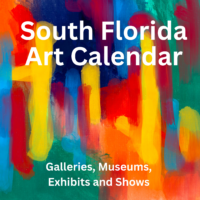

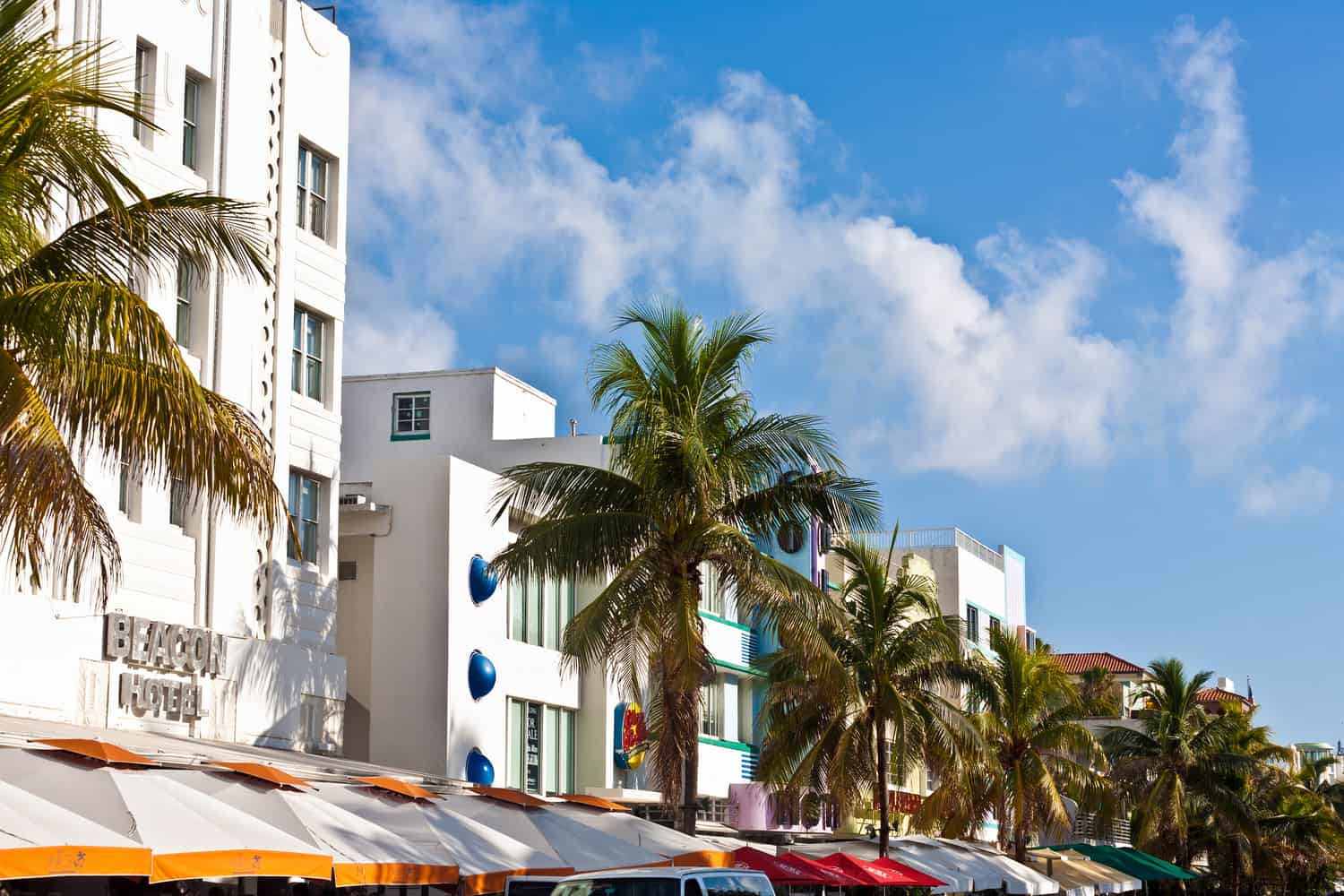
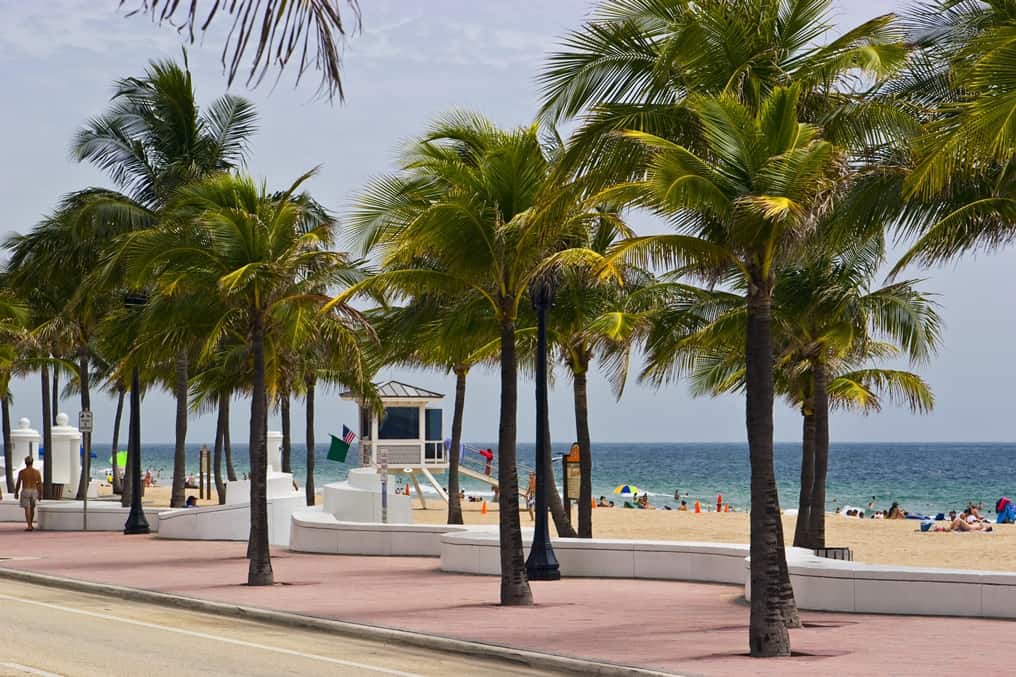
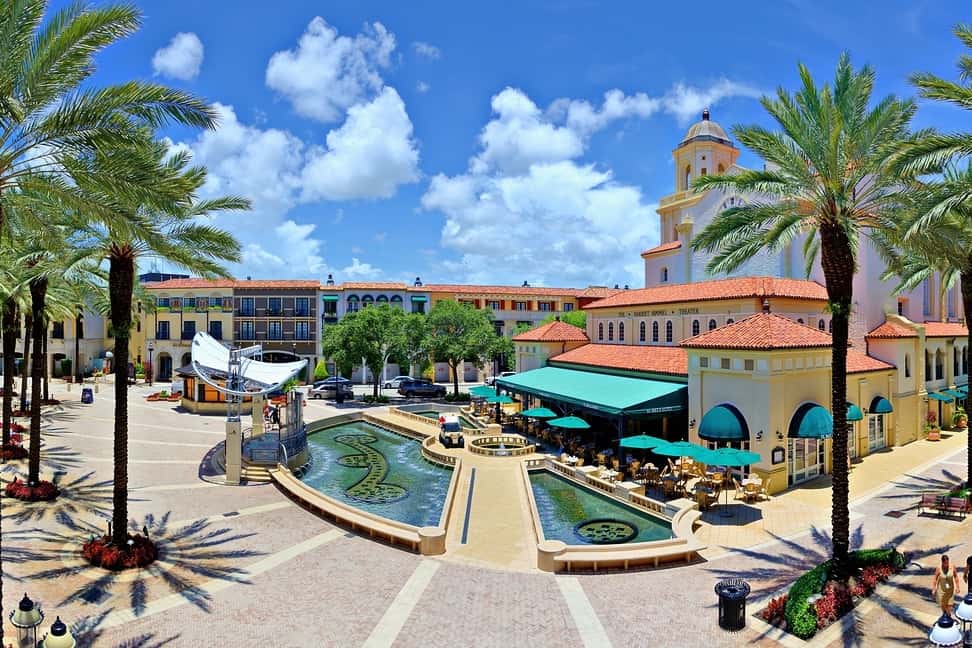

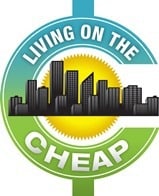 South Florida on the Cheap is a member of
South Florida on the Cheap is a member of 